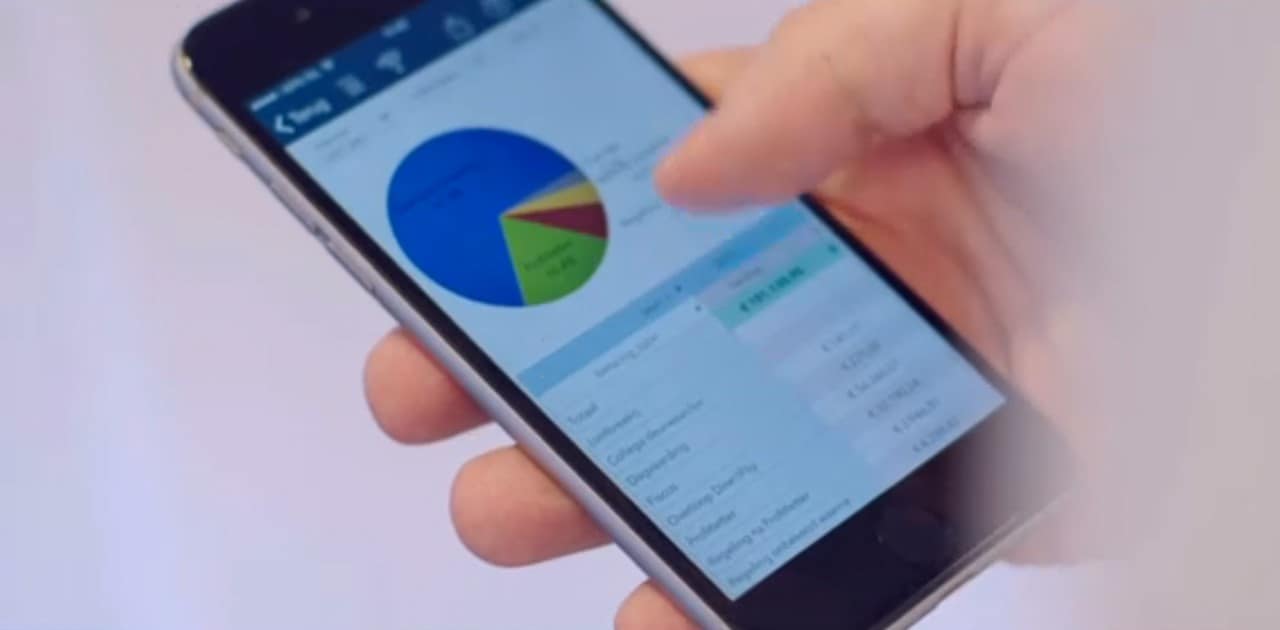Making debt collection less painful
Data visualization helps DirectPay improve client relationships, better manage risk and repayment potential
Debt-management company DirectPay has a lot of data – on its own customers and on its customers’ customers. This vital information needs to be processed into up-to-date, accurate reports on creditworthiness, risks, payment history and developments. While debt collection may not be the most popular business venture, Colin Nugteren of DirectPay is trying to make it as painless as possible.
As Manager of Operations, Nugteren recognized an opportunity to use data on payment behavior to streamline the collection process. To discover and understand what all that data is telling him, he uses SAS® Visual Analytics.
According to Nugteren, DirectPay has two focus areas: forward-flow factoring and debt collection. “In case of factoring we take over the entire invoicing process of, for example, a telecom provider, and we finance the growth of the company by purchasing the trade receivables,” he explains. “In this, it is crucial to make a proper estimate of the accompanying risks – what percentage of these invoices are actually going to be paid and what percentage are not?
When we have a full view of each customer, then we can make individualized decisions for the debt-collection process.
Colin Nugteren
Manager of Operations
“Regarding debtors, we ensure they are offered the payment options that suit their personal situation,” continues Nugteren. “For example, we can help prevent payment problems in time or, if necessary, bring customers into contact with a debt counselor.”
In search of a better process
Even though DirectPay had a vast amount of data about payment behavior, the company couldn’t effectively use it. Only the IT department could access the data warehouse system, and all information requests had to go through them.
“This was a huge hassle, and we wanted to find a better way to share it throughout the company, especially to our management and team leaders,” explains Nugteren. “We wanted everyone to be on the same page and able to use the most up-to-date information in their decision making.”
The company’s figures are based on many debtors, and it was difficult for the company to visualize its data. DirectPay needed a system it could easily access and review. Not only would it free up IT, but the company could reap additional benefits and top-line results.
“We want to always improve and update our data so we can have better information, build better models and make better business decisions,” says Nugteren. “Improving those areas is essential for us, because that’s how we can increase our revenue and profit.”

Seeing data in a whole new light
After evaluating several options for data visualization software, the company decided SAS was the best fit. “SAS Visual Analytics provides a practical and clear, up-to-date overall picture managers can work with quickly due to the user-friendly, intuitive design,” says Nugteren. “While most dashboards are static, SAS Visual Analytics is dynamic.”
According to Nugteren, DirectPay needs to know which debtors have been contacted – and when – so the company can choose the best course of action. “Data visualization allows us to make this basic, day-to-day information more easily accessible,” he explains. Having a more complete picture of its data will also help DirectPay with its hardest-to-collect cases. “Any new insights could potentially make a huge impact, because those cases are among the most profitable.”
Better data access and insights are also helping DirectPay improve its communications and its image. “As the relationships with debtors improves, the results also improve,” says Nugteren. “They proceed with payment sooner and share more information with us when we treat them in a friendly manner.”
Mobile reporting empowers staff
Now DirectPay’s staff has access to the information they need, regardless of time or place. “This is especially helpful for our sales and customer-relationship staff, because they have significant interactions with our clients,” says Nugteren. “It allows them to just pull out an iPad® and show the clients all the data, face-to-face, and answer any questions they might have. That exchange of knowledge on a personal basis is crucial.”
No more dependence on IT to access that information. No more time spent trying to interpret trends from a Microsoft Excel spreadsheet. Now, DirectPay’s staff can focus on building relationships with its clients.
“When we have a full view of each customer, then we can make individualized decisions for the debt-collection process,” says Nugteren. “This helps us optimize our efforts and manage our risks. It’s very simple. We view this as a top priority because if we can manage our risks better than our competitors, we can be more profitable and thrive.”

Challenge
- All information requests had to go through the IT department.
- Staff needed quick access to accurate information.
- Desire to improve customer relationships and obtain debt payments quicker.
Solution
Benefits
DirectPay has a complete view of its customers and can make individualized decisions for the debt-collection process. The company is in a position to better manage risks and be more profitable and competitive.
About DirectPay
DirectPay specializes in the field of debtor management and credit management in the Netherlands.
